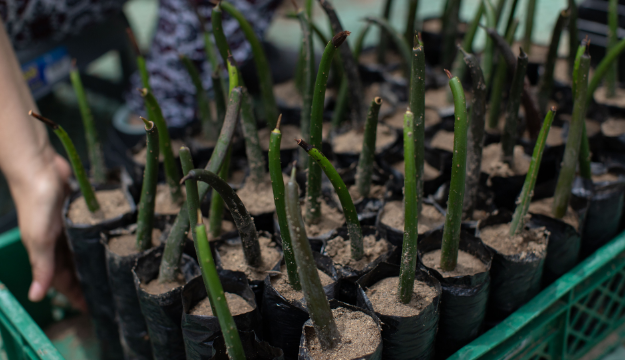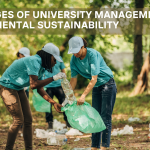- Luis
- June 10, 2022
- 9:28 am
- No Comments
Second phase of 'Hands to the swamp': a pact for the protection of the ecosystem
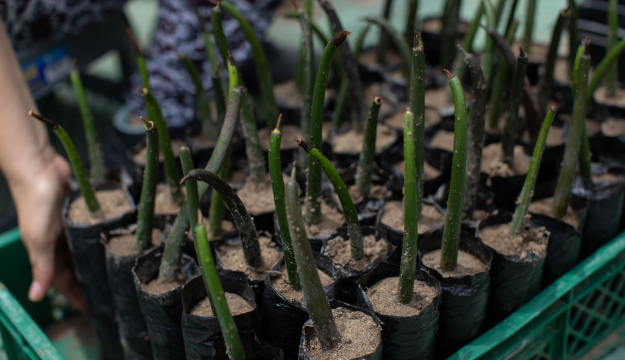
Giving continuity to the project ‘Hands to the swamp 2022’, undergraduate students met at the university facilities to support the second phase of the recovery strategy of the swamp ecosystem in Vía Parque Isla Salamanca. Within the framework of Sustainability Week, more than 250 students participated in the massive planting of 500 mangrove seeds in Uninorte. The instruments were varied, from shovels to kitchen spoons, to fulfill the purpose of sowing the selected seeds after a collection of 1000 specimens, on April 23.
The activity was carried out in the Aula Viva Laboratory, under the supervision of Professor Maritza Duque, Ecocampus coordinator, and Javer Herrera, coordination assistant. A total of 190 students signed up to participate in the initiative, and 100 more attended as part of their class work.
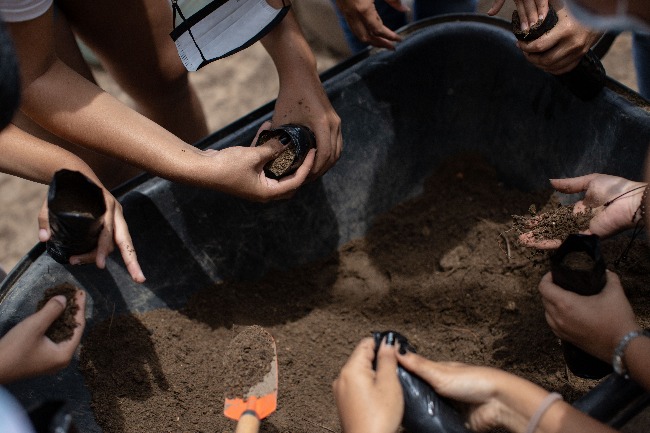
During the day, the correct way to fill the bags with soil and the correct placement of the propagules in their planting place was explained. The intention is that these small branches are inside the facilities until November. After these six months, when these plants are approximately 30 cm long, they will be taken again to the Vía Parque Isla Salamanca to reinforce the recovery process of the degraded area.
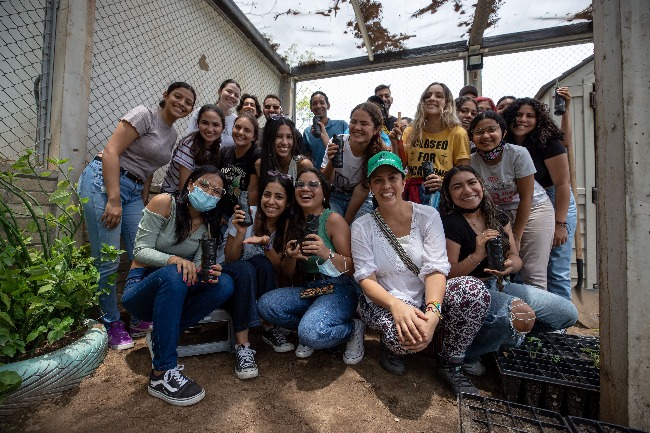
The care of these propagules will be carried out by students belonging to student groups and Uninorte teachers.
To confirm this natural preservation pact, on Friday, April 29, within the framework of Arbor Day, the IEEE SIGHT, Green Generation, Felinorte and Faunauticos student groups read and agreed on an agreement during the third Encounter Under the Bonga for the conservation of the 500 planted mangroves.
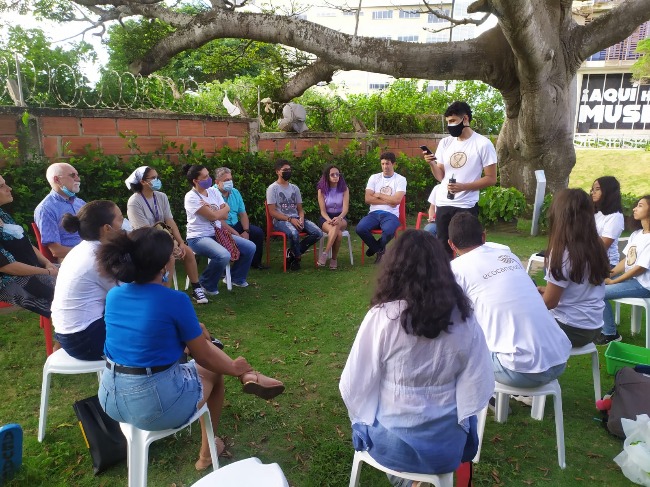
Manos a la ciénaga was born in 2014 as a response to the burnings that have been carried out for more than a decade in the Vía Parque Isla Salamanca. According to the United Nations, mangroves are coastal ecosystems, typical of tropical and subtropical zones, which present a great wealth of biodiversity, and are key to the conservation of different types of species and plants, and the mitigation of the effects of climate change, by being able to absorb and store CO2 in their roots.
https://www.uninorte.edu.co/en/web/grupo-prensa/noticia?articleId=24894452&groupId=13400067

